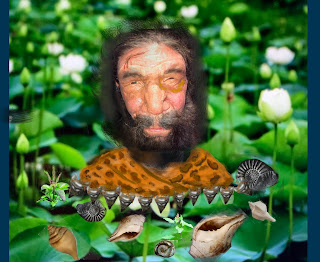IDOL WORSHIP: ISKCON'S GIFT TO THE WEST?

Idol worship is to religion what the Stone Age is to the 21 st century. Whether caveman or computer programmer, the general motivation is the human tendency to get something one desires with as little effort as possible.Typically worshippers offer flowers and incense accompanied by repetitive chants or prayers with the ceremonies led by a high-born priest. If conducted in what is believed to be a holy place of pilgrimage, the pious effect is generally held to be magnified exponentially. In general, attendees are taught from childhood to believe that worship in such a place will cleanse them of sin and grant them direct communion with the deity. Many also exhibit a type of religious euphoria akin to possession and display passionate and violent displays of emotion. On the other hand, ISKCON uses the uneasy familiarity of its Judeo-Christian converts with religious notions of pilgrimage sites of their own heritage to get them to engage in worship of deities without having the sl...

